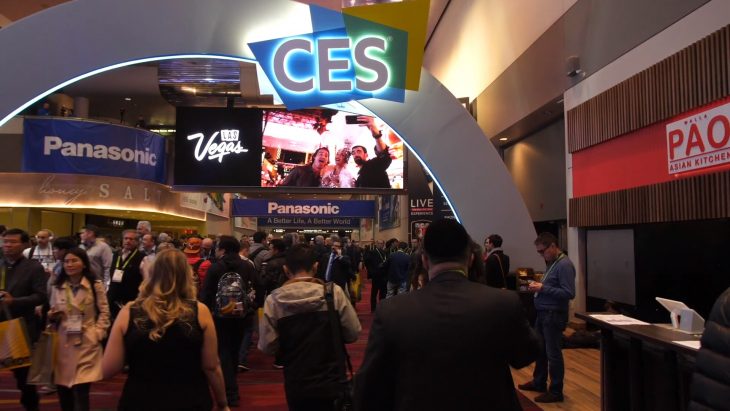
5G, 5GE and now 10G?
LAS VEGAS — In a not so subtle move to jump on the 5G hype train The Internet & Television Association NCTA, CableLabs and Cable Europe announced at CES their vision for delivering 10 gigabit networks, or 10G.
10G of course has nothing to do with the wireless industry’s 5G, but the number is twice as big, so to the average consumer the perception will likely be it must be better.
With the 10G platform the cable industry said it will be ramping up from the 1 gigabit offerings of today to speeds of 10 gigabits per second and beyond to consumers across the globe in the coming years. To support the rollout, Intel will deliver 10 gigabit ready chips to support the upgraded broadband networks.
Comcast, Charter Communications, Cox Communications, Liberty Global and other cable TV companies announced a 10G roadmap with field trials will start in 2020.
The new released noted that cable operators in the U.S., whose networks currently pass 85% of U.S. homes, including Comcast, Charter, Cox, Mediacom, Midco and others – “plus international operators, including Rogers, Shaw Communications, Vodafone, Taiwan Broadband Communications, Telecom Argentina, Liberty Global and more, are implementing the new 10G initiative, with lab trials already underway, and field trials beginning in 2020.”
“With ground-breaking, scalable capacity and speeds, the 10G platform is the wired network of the future that will power the digital experiences and imaginations of consumers for years to come,” said NCTA President and CEO Michael Powell in a statement. “As an industry, we are dedicated to delivering an exceptional national infrastructure that will power digital advancement and propel our innovation economy into the future.”
In a blog post, Arris CEO Bruce McClelland called the 10G announcement the “one of the most significant announcements in our industry's history.”
“10G broadband will outperform every other platform in transforming consumer experiences at home, at work and everywhere in between. It creates entirely new possibilities for smart cities, healthcare, education, entertainment, and more,” he wrote on his blog.
Not to be outdone, AT&T has added to the 5G noise by placing a “5GE” label on some of its Android smartphone screens (even though it is definitely not 5G). The “E” apparently standing for “evolution” as it attempts to distance itself from competitors like Verizon. Critics have called the new logo “Fake 5G” since true 5G speeds and services are still years away, and AT&T knows this.
AT&T CFO John Stephens defended the move at a Citi 2019 Global TMT West Conference call on Wednesday arguing that because the Dallas-based telecom is investing heavily in new cell towers that are having an immediate impact on the level of service their customers receive.
“The 5G Evolution is a real today event… We are getting carrier aggregation out there. We are getting 256 QAM. We are getting more spectrum about. It's happening today and it's happening in our core network. And when you see that symbol show up on your phone, you're getting that quality right now. So, this is part of that process of evolving into a full 5G, but it's real. It goes to quality service, it goes to capabilities for our customers. That should impact our ability to retain customers. That should impact our ability to add to existing customer accounts. That should add to our ability to gain customers,” contended Stephens on the call.
Stephens added the he hopes the marketing of 5GE will also impact churn. (Ed note: Consumer confusion could do that, I guess.)
“I expect it will impact our ability to attract customers in markets we participate today, but it will also help us attract customers in greenfield geography markets and greenfield, if you will, customer category markets. So, it's real important and we love what's going on with the net worth of combining our spectrum purchases, our FirstNet [America’s public safety communications platform] commitments and our network build is really going to be a long-term winner for us and our customers particularly.”
On the call he also claimed AT&T has a significant lead with regard to 5G rollout in markets with testing in automated factories, work with augmented and virtual reality and with the IoT industry.
“We’re really the ones, we believe, best positioned to work with our customers to provide those solutions. That's why the wireline business is so important that they continue to serve all of those customers who will need that business IoT solution and we’re positioned to do that better than anybody,” added Stephens.



